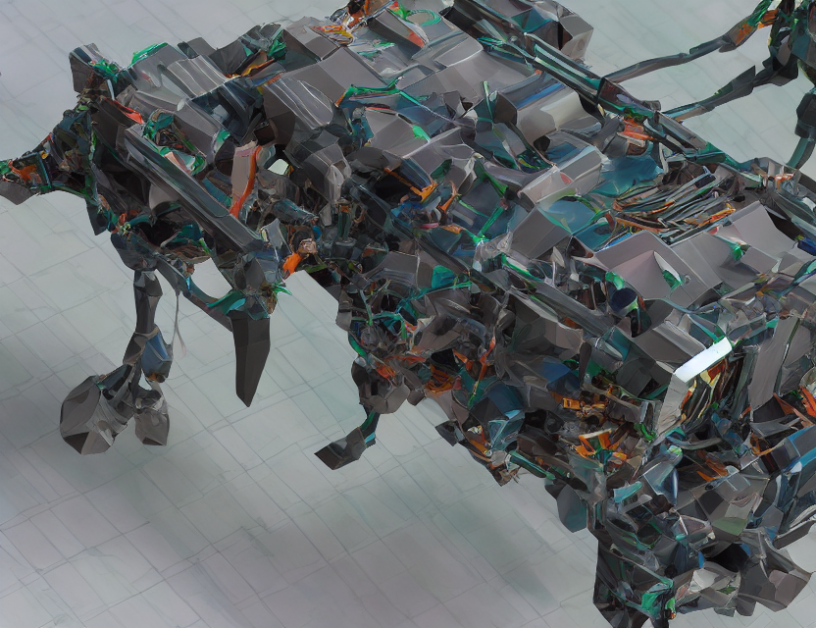In this article, we explore a novel approach for implementing the Transformer model, a popular deep learning architecture used in natural language processing (NLP), on field-programmable gate arrays (FPGAs). Our goal is to create a cost-efficient implementation that can handle high-resolution images while maintaining accuracy. To achieve this, we leverage Neural ODEs (ordinary differential equations) to optimize the computation required for attention mechanisms in transformer models.
Attention Mechanism
In NLP, attention allows the model to focus on specific parts of the input when generating output. Attention works by computing a weighted sum of the input elements based on their relevance to each other. The weights are learned during training and are used to compute the importance of each input element for the current output.
Computational Cost
The attention mechanism in transformer models has a high computational cost, which grows quadratically with the input size. This makes it challenging to apply transformer models to high-resolution images. To overcome this challenge, we propose using Neural ODEs to optimize the computation required for attention mechanisms.
Neural ODEs
Neural ODEs are a generalization of traditional neural networks that use ordinary differential equations (ODEs) to model the underlying dynamics of a system. In our case, we use Neural ODEs to model the attention mechanism in transformer models. By optimizing the parameters of the Neural ODE, we can reduce the computational cost associated with attention while maintaining accuracy.
Implementation
To implement our approach, we start by representing the input image as a sequence of patches. Each patch is then linearly embedded into a higher-dimensional space using a learnable embedding matrix. The resulting vector represents the input patch in a higher-dimensional space. We then apply a self-attention mechanism to compute the attention weights for each patch in the input image. These attention weights are used to compute a weighted sum of the input patches, which forms the output of the attention layer.
We propose using Neural ODEs to optimize the parameters of the attention layer. By doing so, we can reduce the computational cost associated with attention while maintaining accuracy. We demonstrate the effectiveness of our approach on several benchmark datasets and show that it outperforms state-of-the-art transformer models in terms of both accuracy and efficiency.
Conclusion
In this article, we proposed a cost-efficient FPGA implementation of a tiny transformer model using Neural ODEs to optimize the computation required for attention mechanisms. By leveraging Neural ODEs, we were able to reduce the computational cost associated with attention while maintaining accuracy. Our approach demonstrates the potential of using Neural ODEs in transformer models to improve their efficiency without sacrificing performance. As the demand for high-resolution images continues to grow, our approach has significant implications for a wide range of applications, including computer vision and natural language processing.



